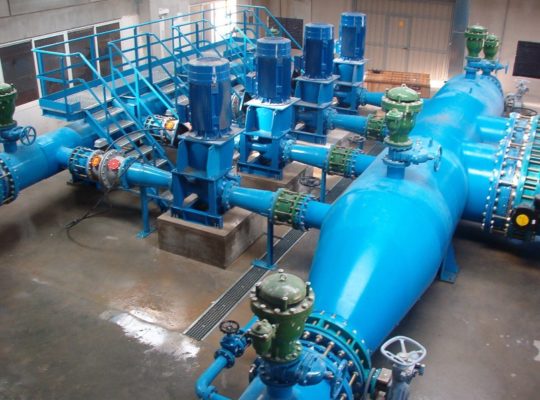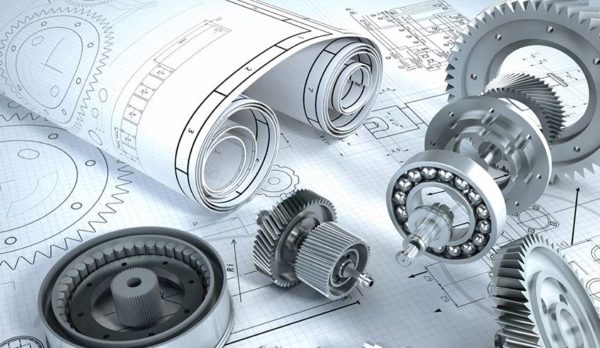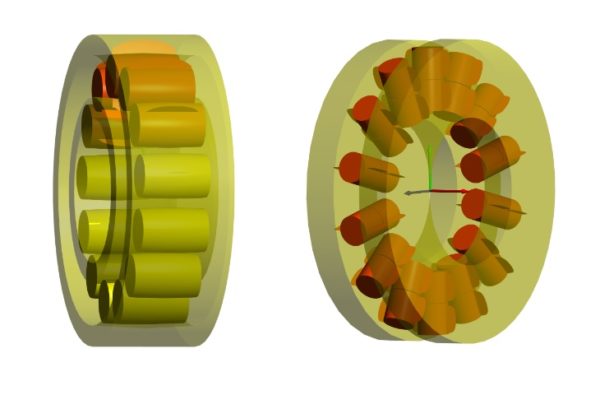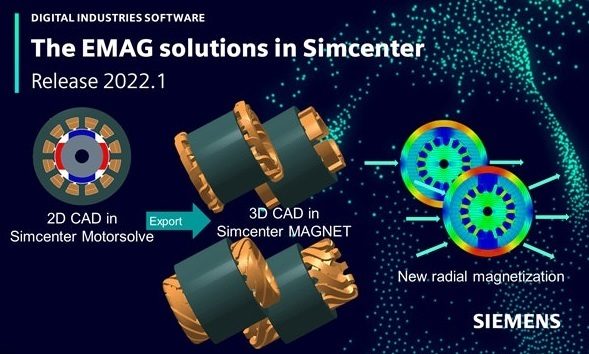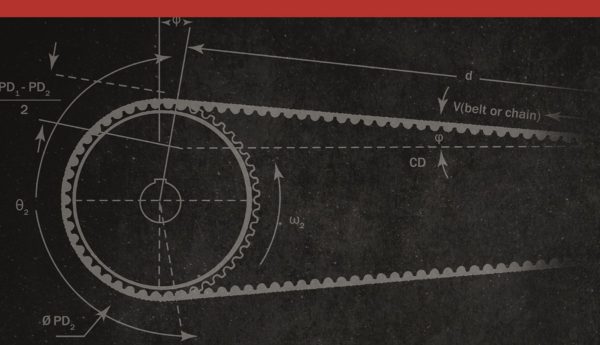Failure
Prediction of the Acoustic Behavior of Gearboxes Based on Topographic Deviations Using Neural Networks
Read More
KISSsoft Supports Student Racing Team in Taiwan
Mechanical engineering theory, design and practice come into play for NYCU Vulpes Racing Team
Read More



